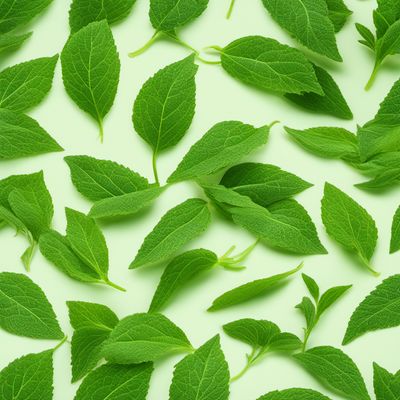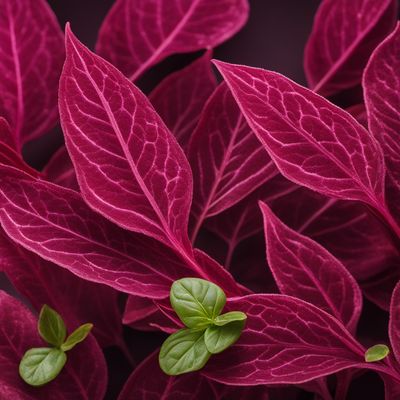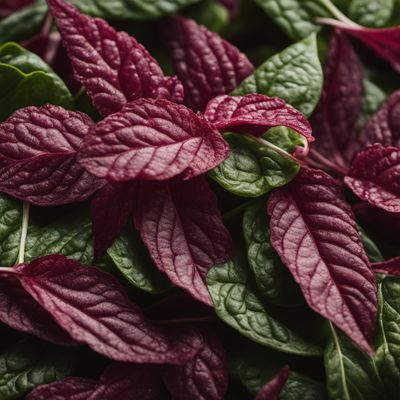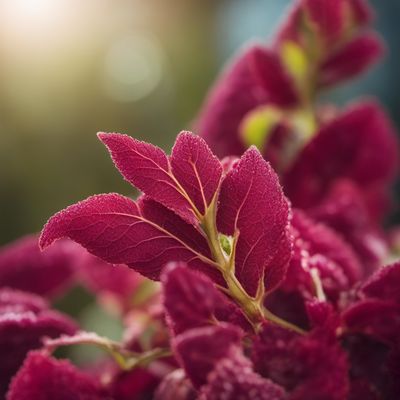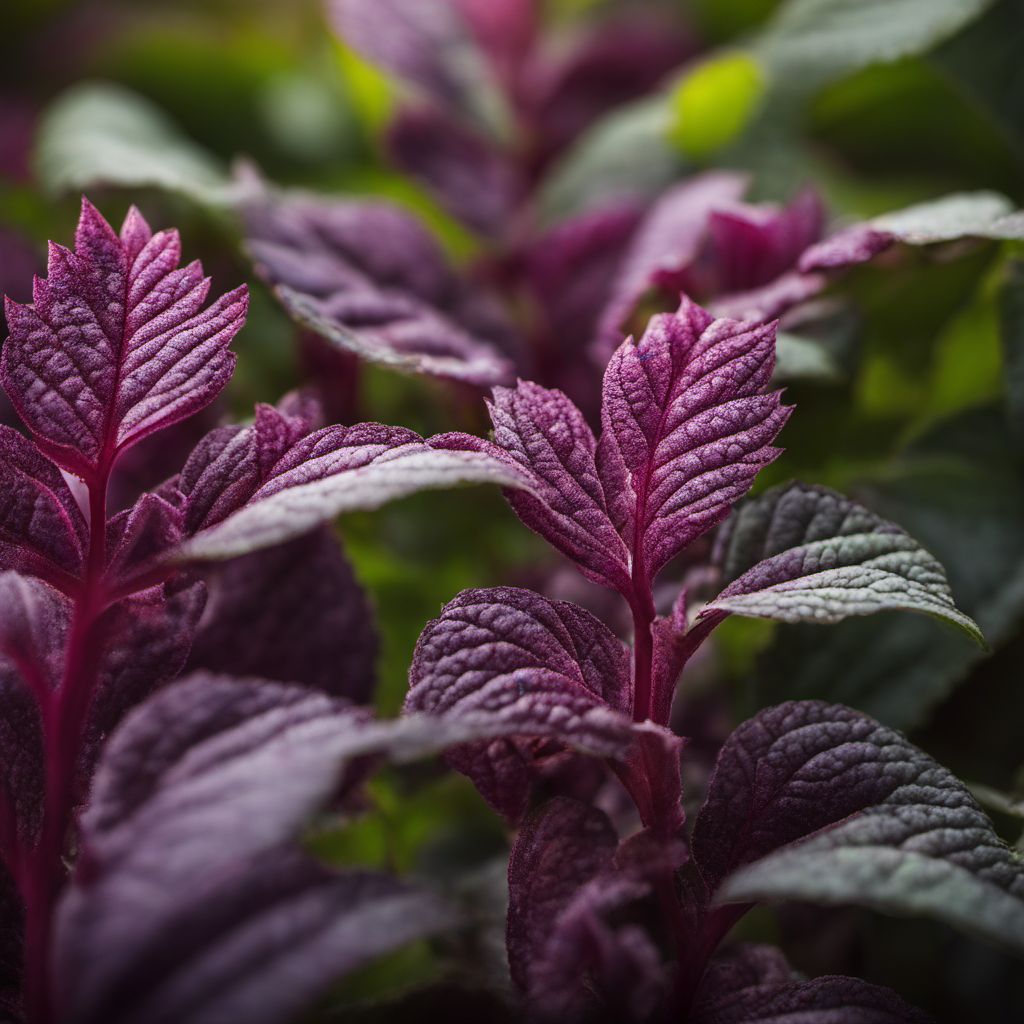
Ingredient
Purple amaranth leaves
The Vibrant Greens of Health
Purple amaranth leaves have elongated, lance-shaped leaves with a deep purple hue. The leaves are tender and have a slightly crunchy texture when raw, but they become soft and silky when cooked. The flavor of purple amaranth leaves is earthy and slightly nutty, with a hint of sweetness.
Origins and history
Purple amaranth leaves have a long history of cultivation and consumption in various parts of the world. They are particularly popular in Asian cuisines, including Chinese, Indian, and Thai. In traditional medicine, purple amaranth leaves are believed to have various health benefits and are used to treat certain ailments.
Nutritional information
Purple amaranth leaves are a rich source of vitamins A, C, and K, as well as folate and iron. They are also low in calories and high in dietary fiber. A 1-cup serving of cooked purple amaranth leaves provides approximately 40 calories and 4 grams of fiber.
Allergens
Purple amaranth leaves are not known to be allergenic, but individuals with a known allergy to amaranth or other leafy greens should exercise caution when consuming them.
How to select
When selecting purple amaranth leaves, look for bunches with vibrant purple leaves that are free from wilting or yellowing. The leaves should be crisp and fresh-looking. Avoid leaves that have brown spots or signs of decay. If purchasing pre-packaged leaves, check for any signs of spoilage or discoloration.
Storage recommendations
To store purple amaranth leaves, remove any rubber bands or ties and place them in a plastic bag or airtight container. Store them in the refrigerator and use within 3-4 days for the best quality. Avoid washing the leaves until just before using them to prevent premature wilting.
How to produce
Purple amaranth leaves can be easily grown in home gardens or containers. They thrive in well-drained soil and require ample sunlight. The leaves can be harvested when they reach a suitable size, typically around 6-8 inches in length. Regular watering and fertilization will promote healthy growth and leaf production.
Preparation tips
Purple amaranth leaves can be used in a variety of dishes, including stir-fries, soups, salads, and curries. They can be sautéed with garlic and oil, added to omelets or frittatas, or used as a filling for dumplings or spring rolls. Purple amaranth leaves can also be blanched and used as a nutritious addition to smoothies or juices.
Culinary uses
Purple amaranth leaves are commonly used in Asian cuisines, particularly in Chinese, Indian, and Thai dishes. They are often stir-fried with other vegetables, added to soups or stews, or used as a garnish for noodle dishes. Purple amaranth leaves can also be used in salads, pickled, or fermented to create unique flavors and textures.
Availability
Purple amaranth leaves are commonly available in Asian markets or specialty grocery stores. They are cultivated in countries such as China, India, Thailand, and the Philippines. In some regions, they may also be found in farmers markets or organic food stores.
